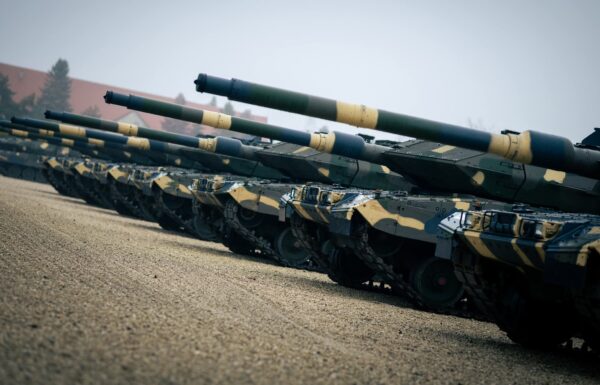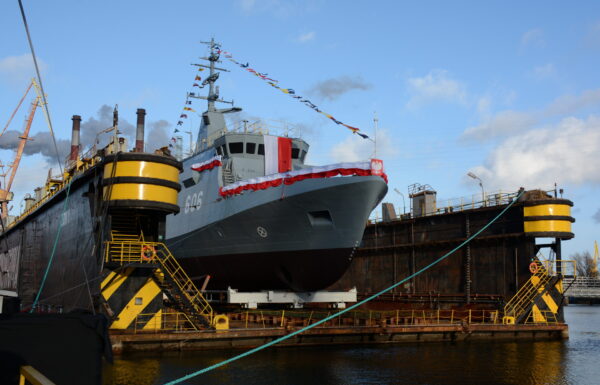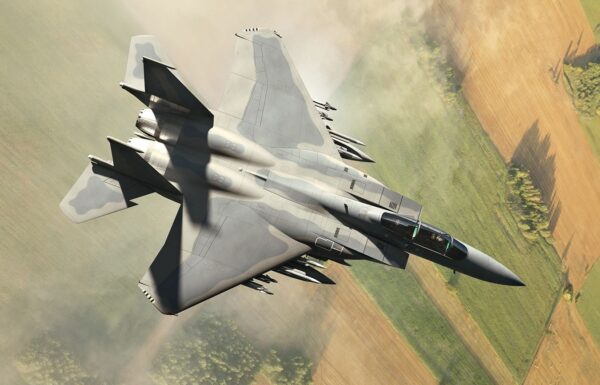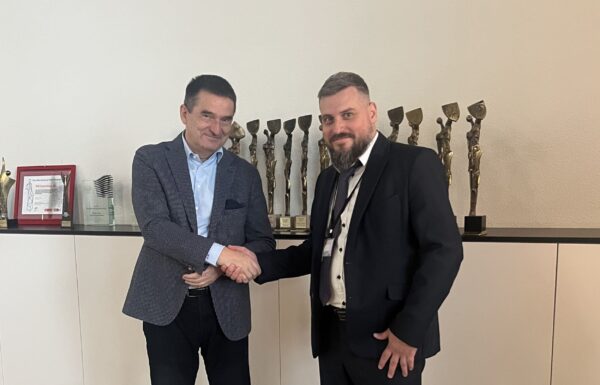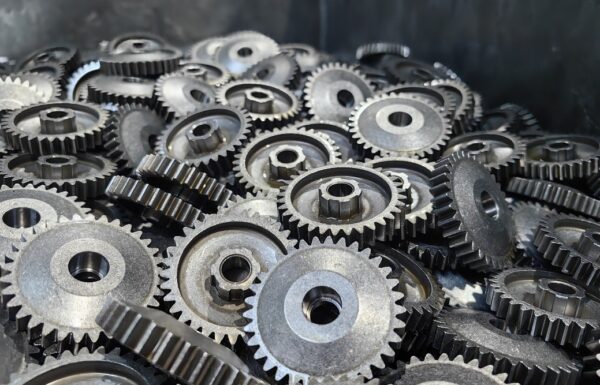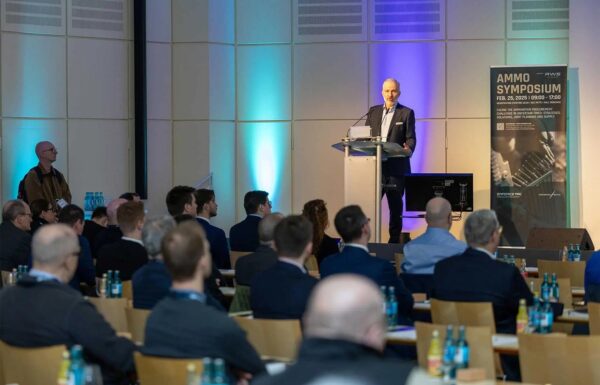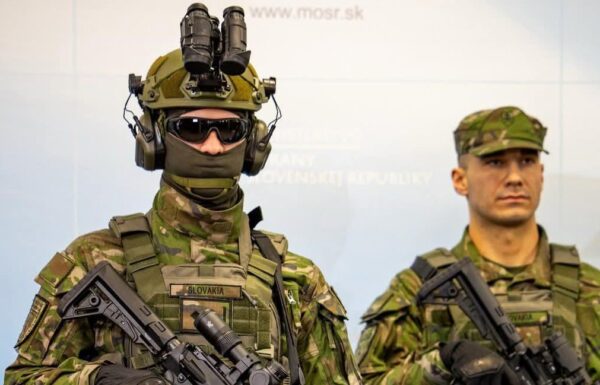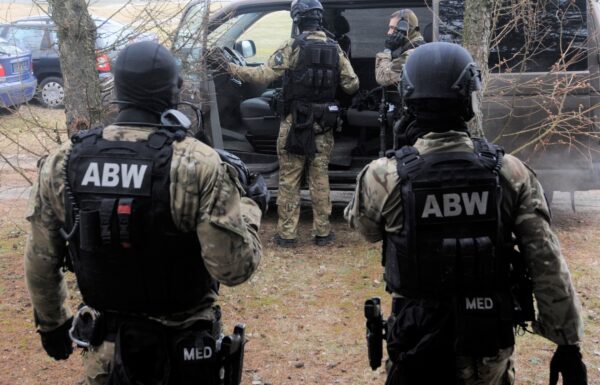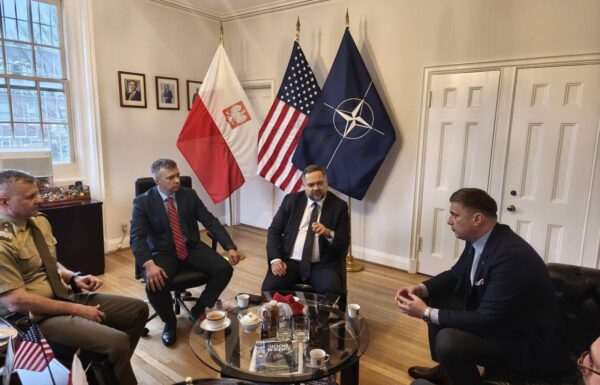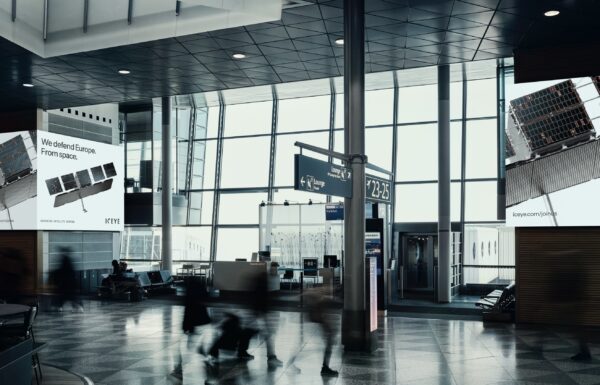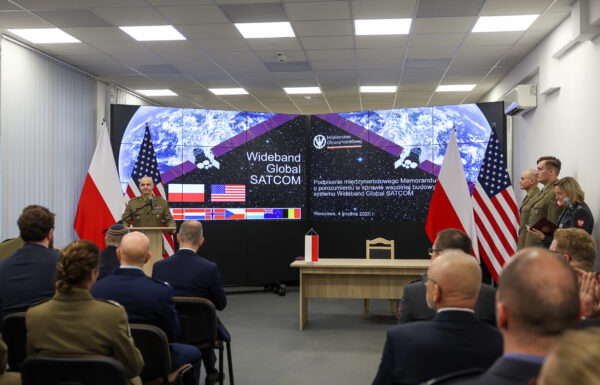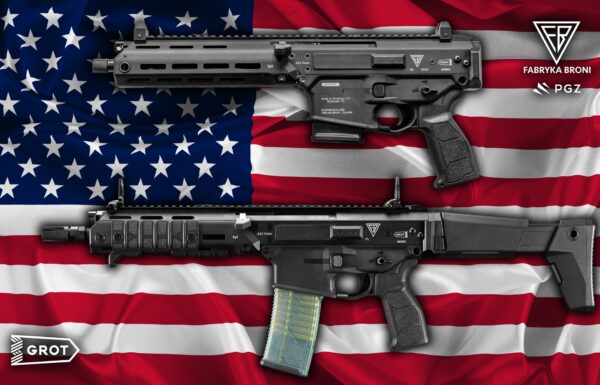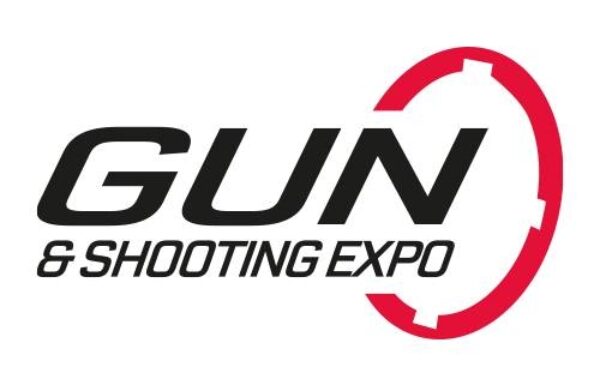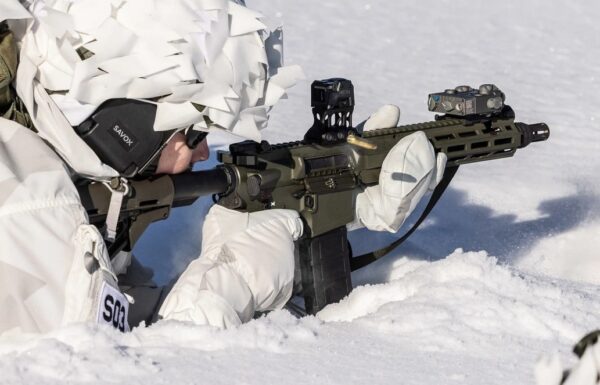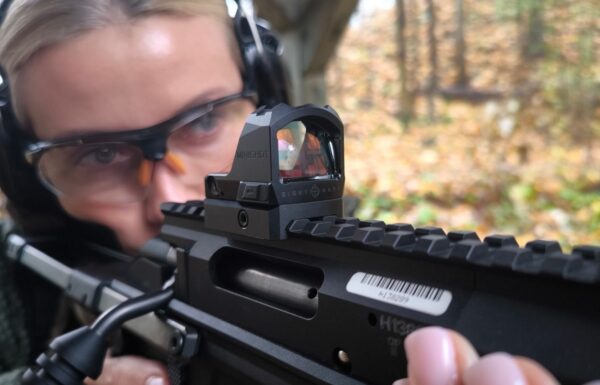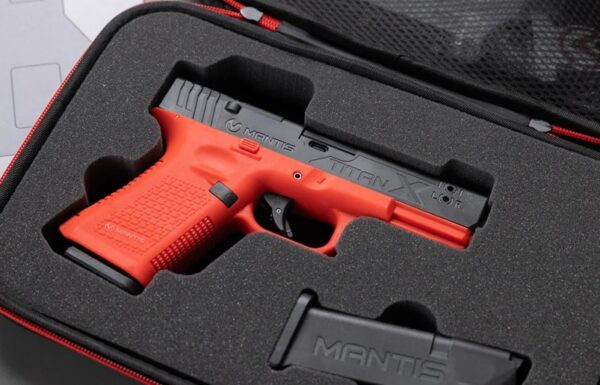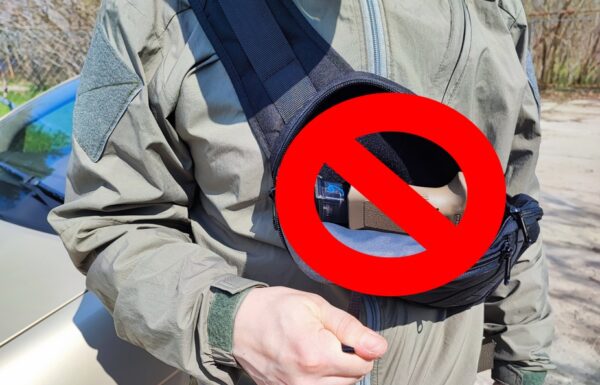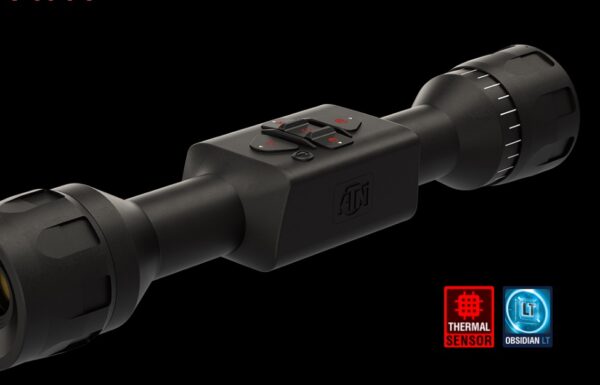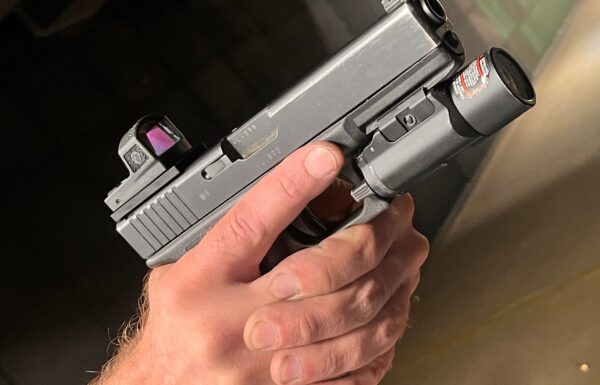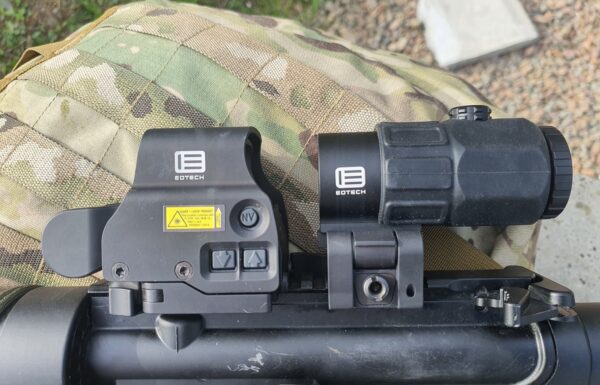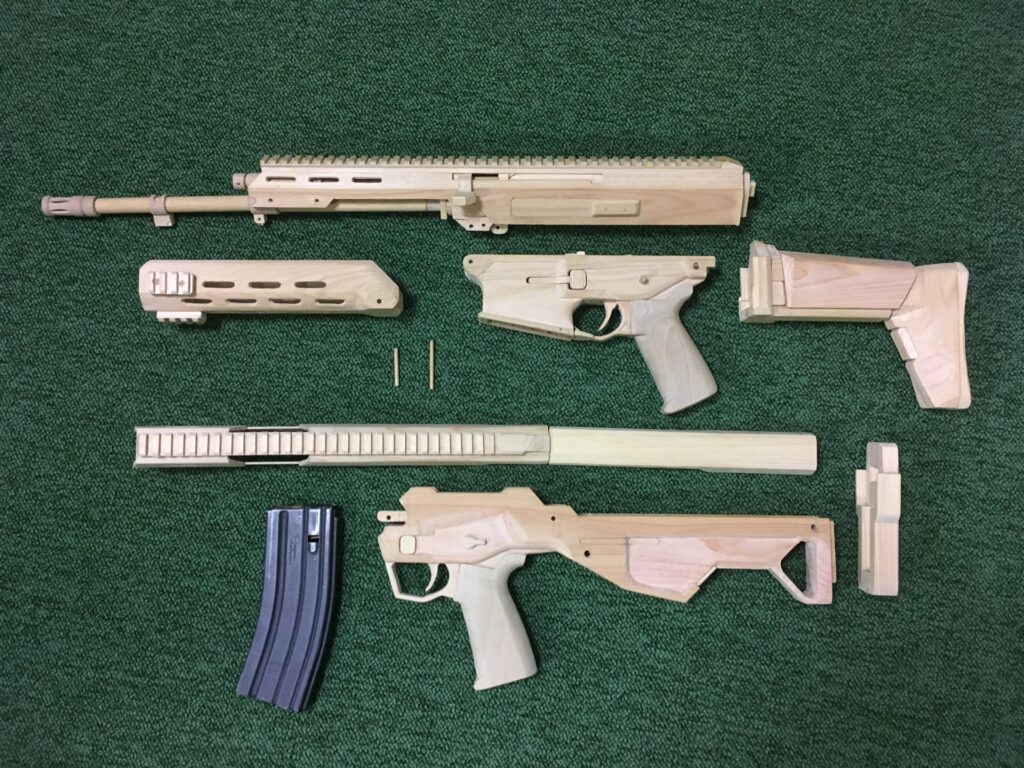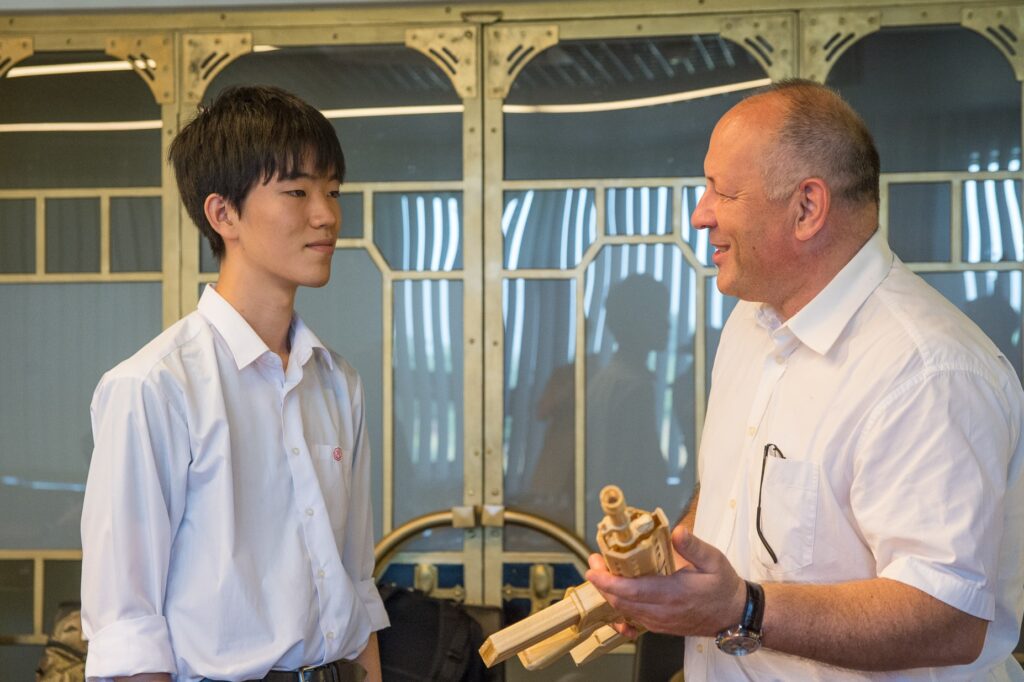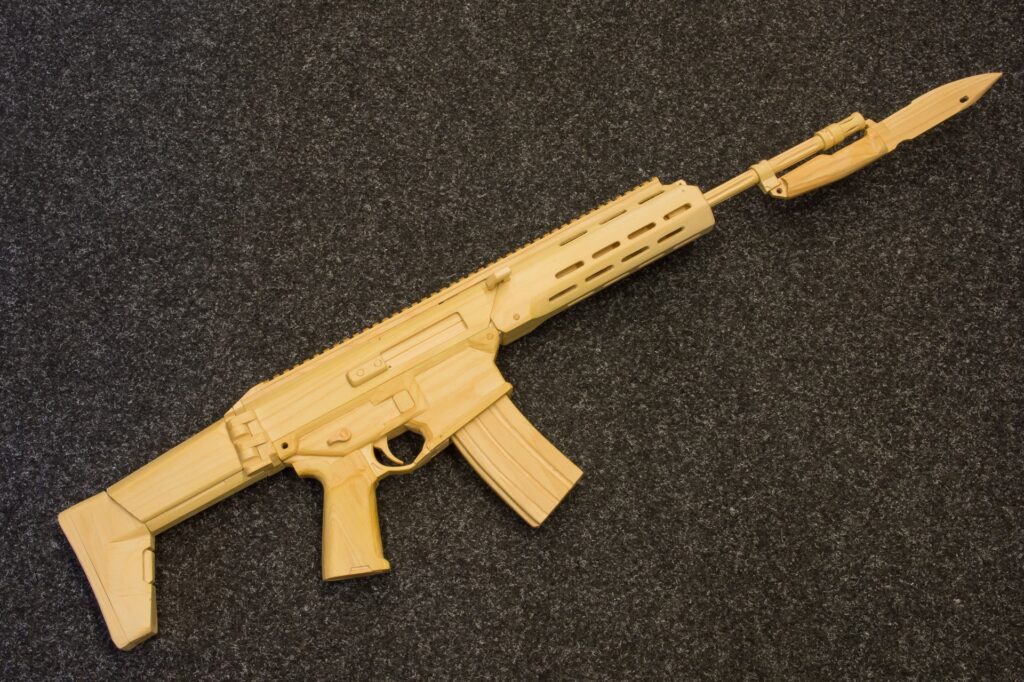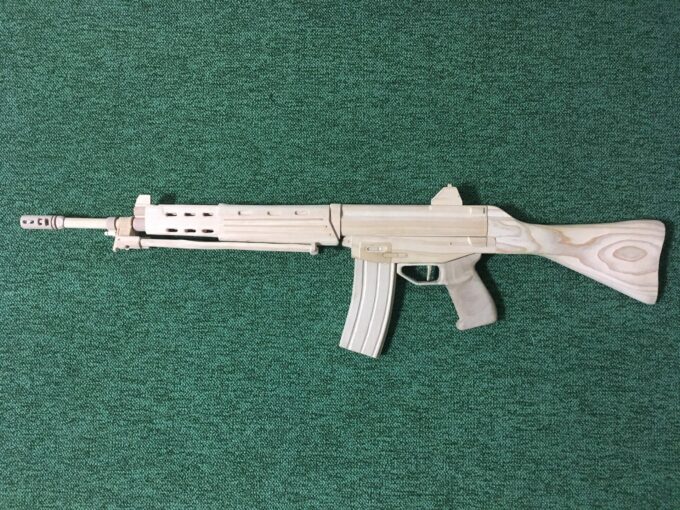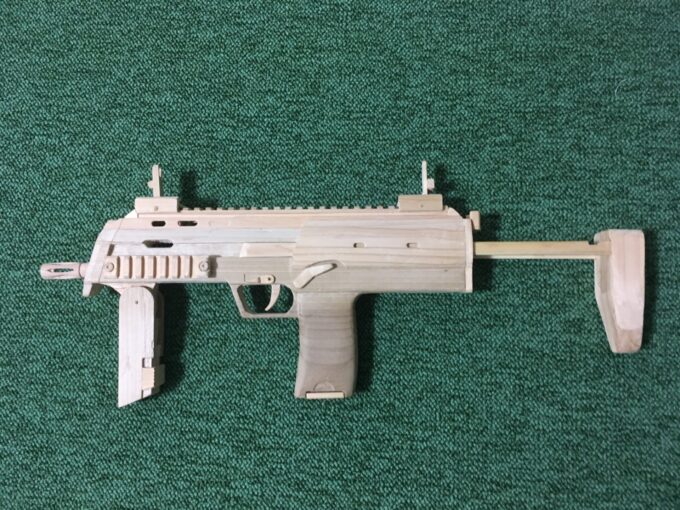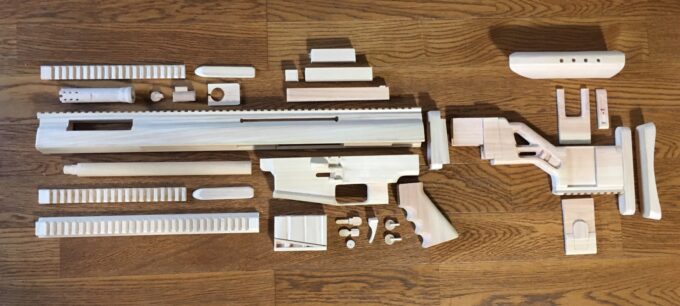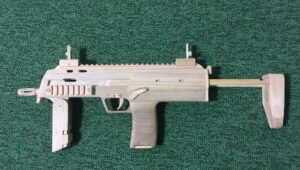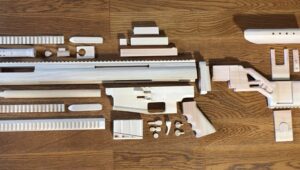In the shooting community, Japan is known as a country with extremely restrictive gun laws. While the law creators somewhat accept Olympic shooters or hunters, personal possession of military firearms or semi-automatic variants of those weapons is practically impossible. Due to this it was Japan where realistic, air soft replicas of modern weapons were invented. But it seems it`s not the only way to collect modern firearms in Japan.

Fn Mk 20 SSR marksman rifle is one of the biggest replicas made by Taisei. It is also the only colored one
The first try
Taisei was 15 when he made his own firearm replica. The image of his brother sculpting a water pistol copy from wood inspired him. Taisei`s first creation was based on German 9-mm semi automatic pistol – the Walther P99. It`s used throughout the world, also by the Polish police. The replica resembles the original but is far from the current works of the sculptor. Since then, Taisei made several copies of Polish, Belgian, Russian and German firearms. Each project raised his skills.
Taisei started from zero. He learned the sculpting skills from books and Internet. As a material, he chose the Hinoki timber, due to it`s properties and ease of work. Replicas are made with just modelling knives, rasps and small chisels. Elements are fixed together with ordinary wood glue.
Taisei Komatsu made his first replica at the age of 15. It was a German pistol – Walther P99 chambered in 9×19 mm ammunition

Russian weapons also peaked artist`s interest. He already made a replica of AS Val integrally supressed rifle and plans to make the APS pistol
Taisei zaczął swoją rzeźbiarską podróż od zera, ucząc się swojego fachu samodzielnie, z książek i Internetu. Jako materiał wybrał drewno japońskiego drzewa Hinoki, ze względu na jego strukturę i łatwość obróbki. Repliki broni z całego świata powstają jedynie z wykorzystaniem noży modelarskich, pilników i niewielkich dłut. Do połączenia elementów w całość, młody artysta stosuje zwyczajny klej do drewna.
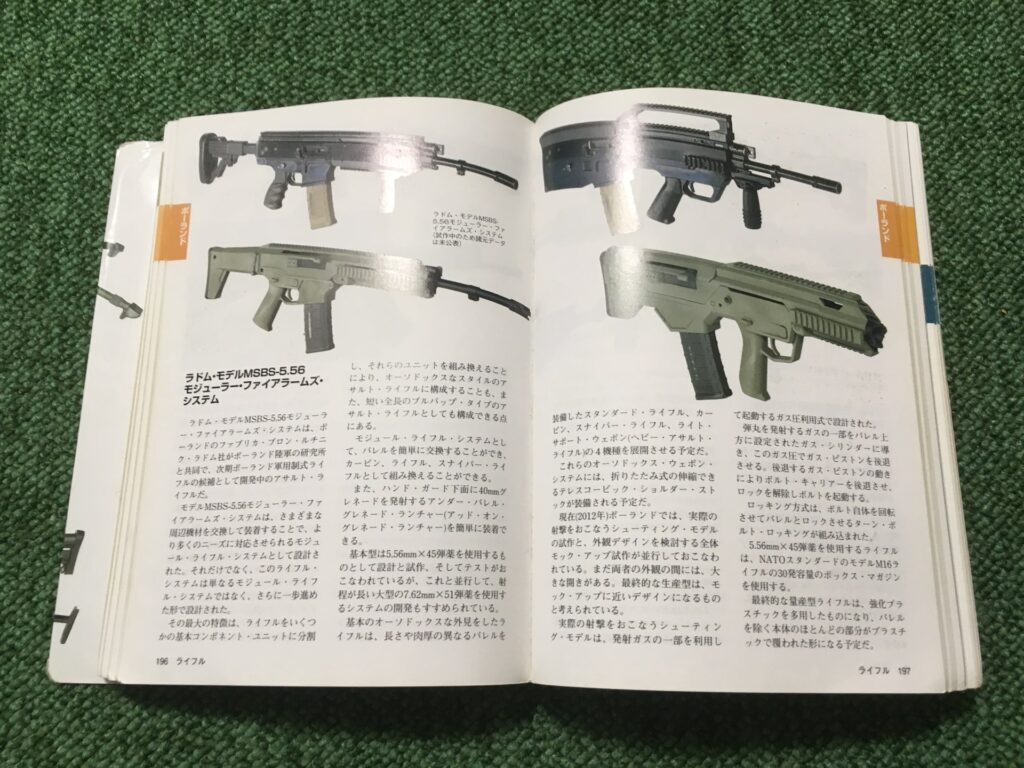
Illustrated firearms encyclopedia from Japan was the source of sculptor`s first inspirations. It was also the first place in which he saw MSBS-5,56 prototypes
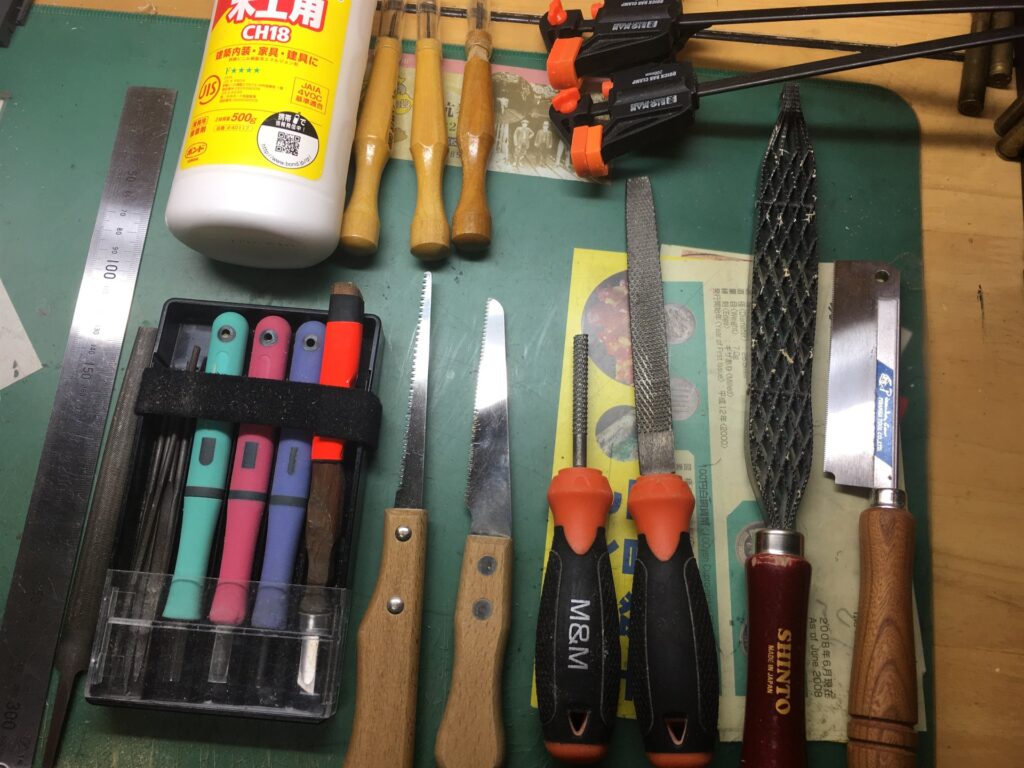
Sculptures are made with hand tools only. Taisei employs modeling knives, saws, rasps and chisels
Step-by-step
At the first stage of work, Taisei gathers data by searching the Internet for high resolution photos, patent drawings, dimensions, films showing the disassembly process and the operation. This allows for a very precise tracing of the original shape and dimensions. Next stage consists of elevation drawings. This helps with approximating the amount of wood needed for the project. Next, simple drawings on wood are made and roughly cut. Precise shaping takes place at the later stages.
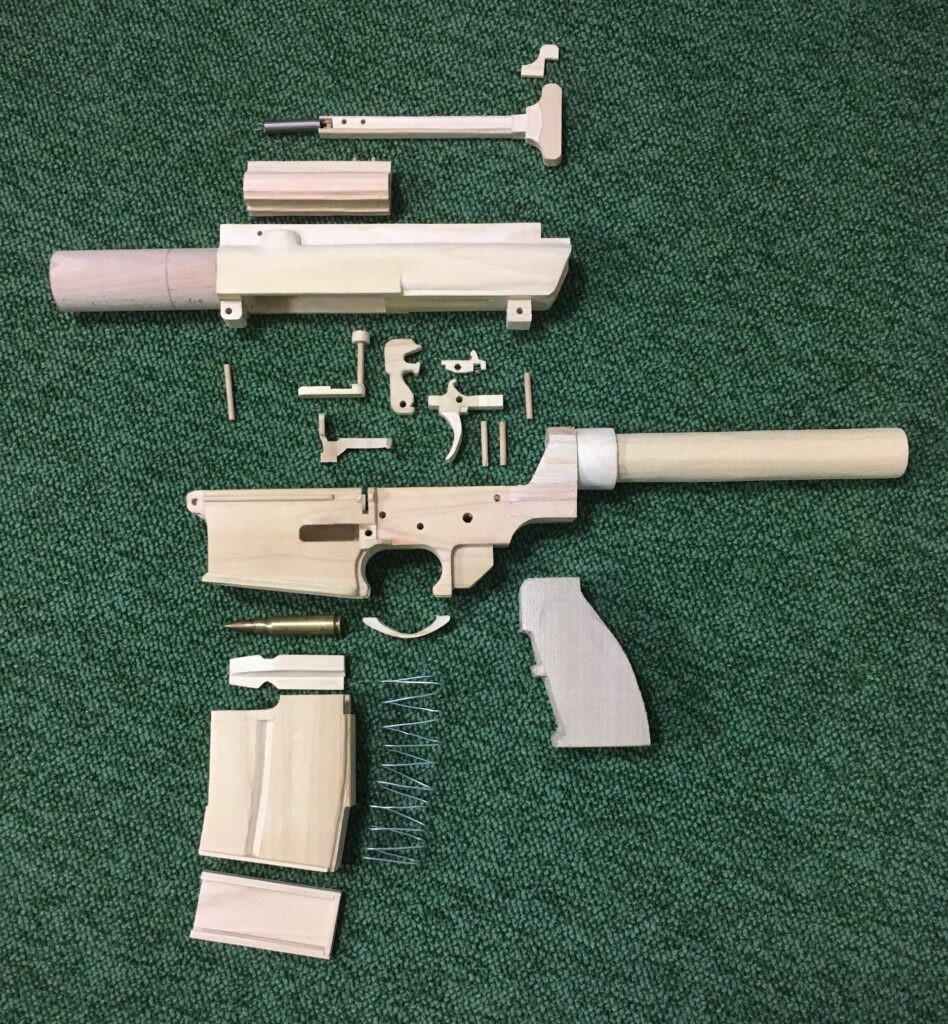
Taisei`s replicas are made with extreme attention to detail. This also includes the inner mechanisms, which are perfectly copied
Japanese artist emphasizes that fitting the parts together takes the most amount of time. It requires hours of careful and precise work. Parts are put together with glue or with joints located in the same places as in the original firearms. It`s worth noting that Kasei`s models disassemble in almost the same way as real weapons.
The whole process is extremally labor-intensive. Pistol model takes about a week of constant work. Rifles and carbines can take up to 3 months. Just fitting the elements together can take quite a few days.
Taisei`s replicas can be disassembled in the same manner as the originals
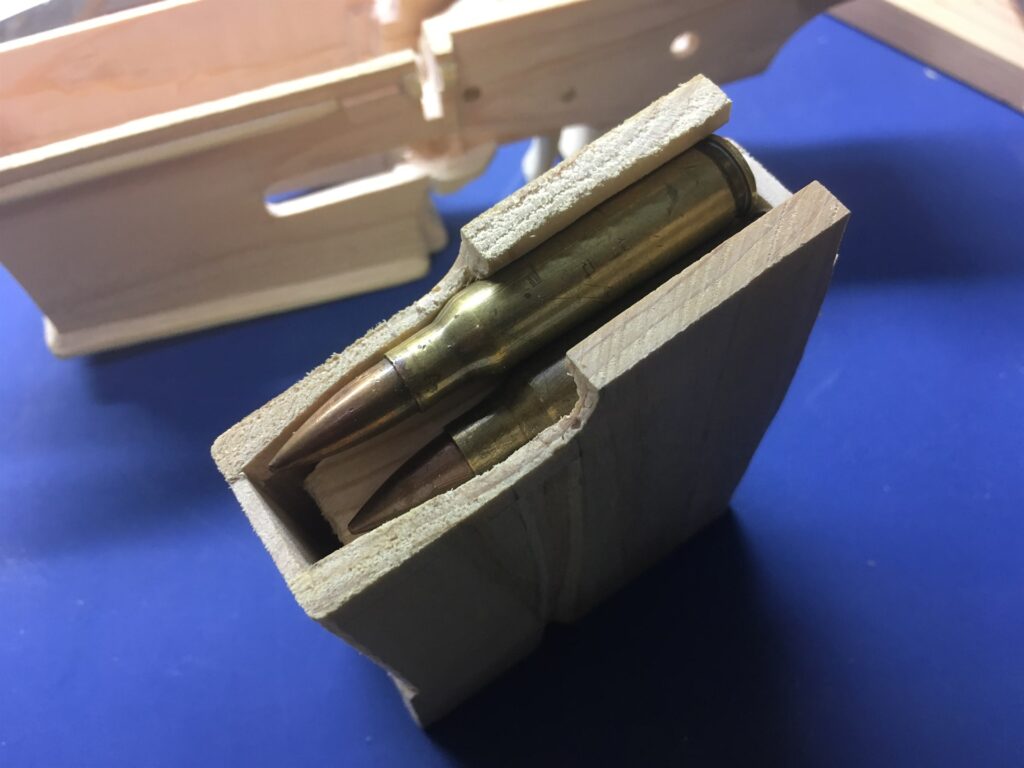
Details and precision are at such a level that live ammunition fits without any problems
Showcasing
The first photos of Kasei`s works were published on his Facebook page – the Komatsu Factory – at the end of February 2018. With time, pictures of his accomplishments, made it to the majority of the shooters internet. Firearms enthusiasts from the whole world gave credit to the sculptor and praised his attention to detail. Taisei`s models include constructions such as Walther P99, H&K 416, FN SCAR, Barrett M82, H&K MP7. Even the exotics such as AS Val and VSS Vintorez are represented.
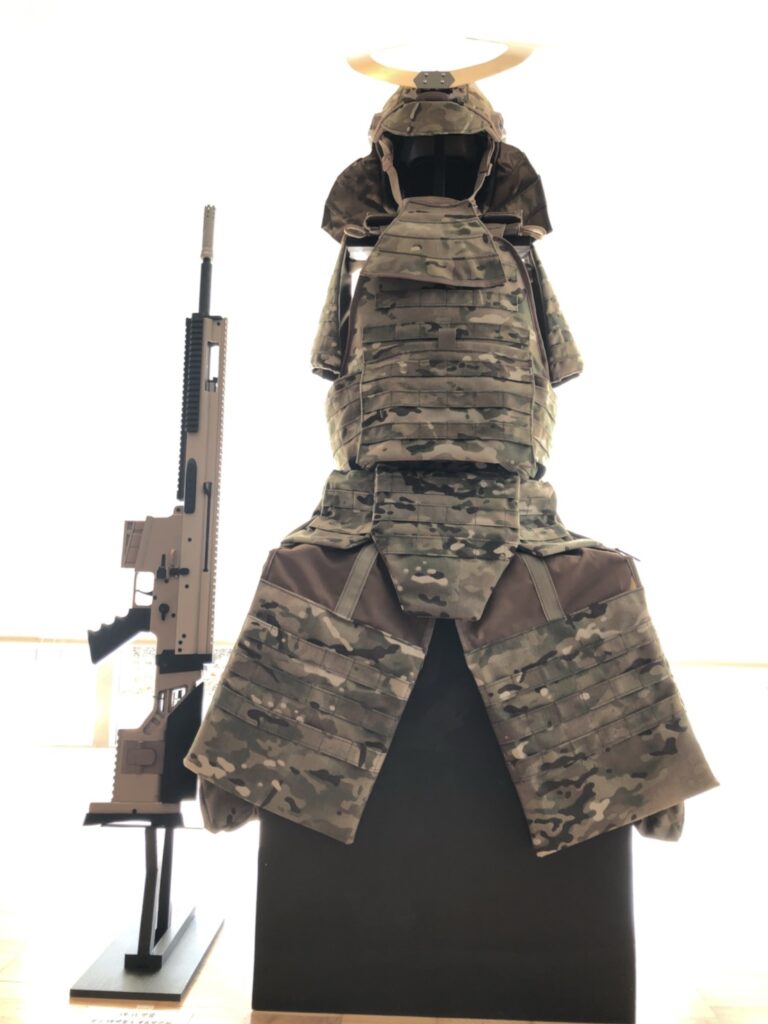
Wood is not the only material used by the Japanese artist. He also made a samurai armor replica using cordura fabric. The armor is in Multicam pattern and even has MOLLE/PALS cells
Few days after the Facebook profile was created, Taisei presented photos of wooden replicas of wz. 96 Mini Beryl and MSBS-5,56/Grot carbines. MSBS was replicated in both classic and bullpup variants. In July, sculpture of wz. 35 Vis was showcased. This cemented the interest of Polish shooters in Taisei`s work. Thanks to MILMAG Military Magazine, photos of Taisei`s work landed on the desk of Fabryka Broni Łucznik-Radom president. The management team from Radom was impressed and decided to invite the artist, together with his family, to the factory.
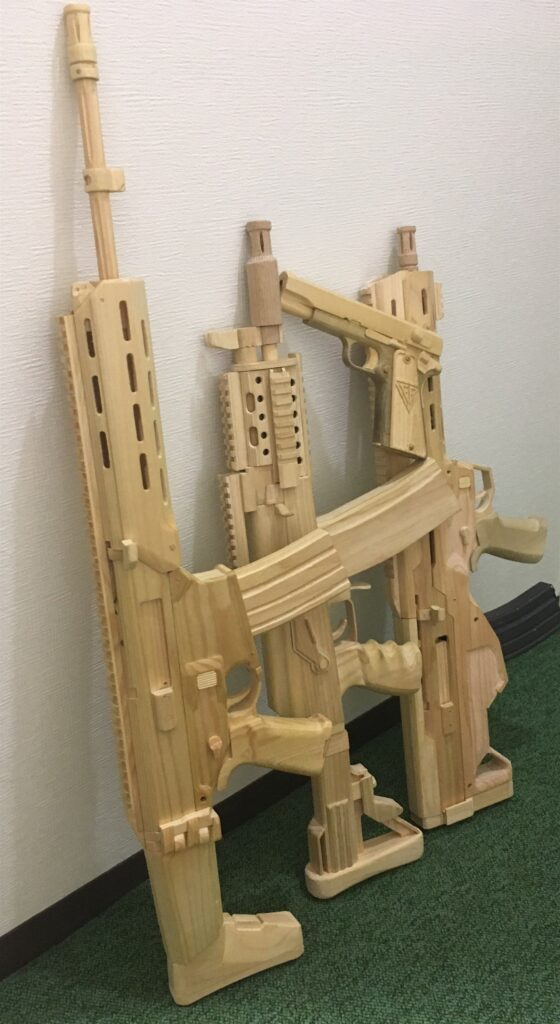
Sculptor created 4 models of Polish firearms: MSBS-5,56 in classic and bullpup variants, Mini Beryl subcarabine and wz. 35 Vis pistol
Polish visit
Taisei Komatsu arrived, together with his family, at the beginning of August 2018. The visit was concluded with a tour of Fabryka Broni in Radom. It started with a meeting with CEO Adam Suliga. Japanese artist gave a MSBS-5,56/Grot and wz. 35 Vis replicas to the Fabryka Broni. In return, Taisei received a commemorative wz. 29 bayonet.
Komatsu family visit to the Fabryka Broni started with a gift for CEO Adam Suliga. He received one of two existing Grot replicas
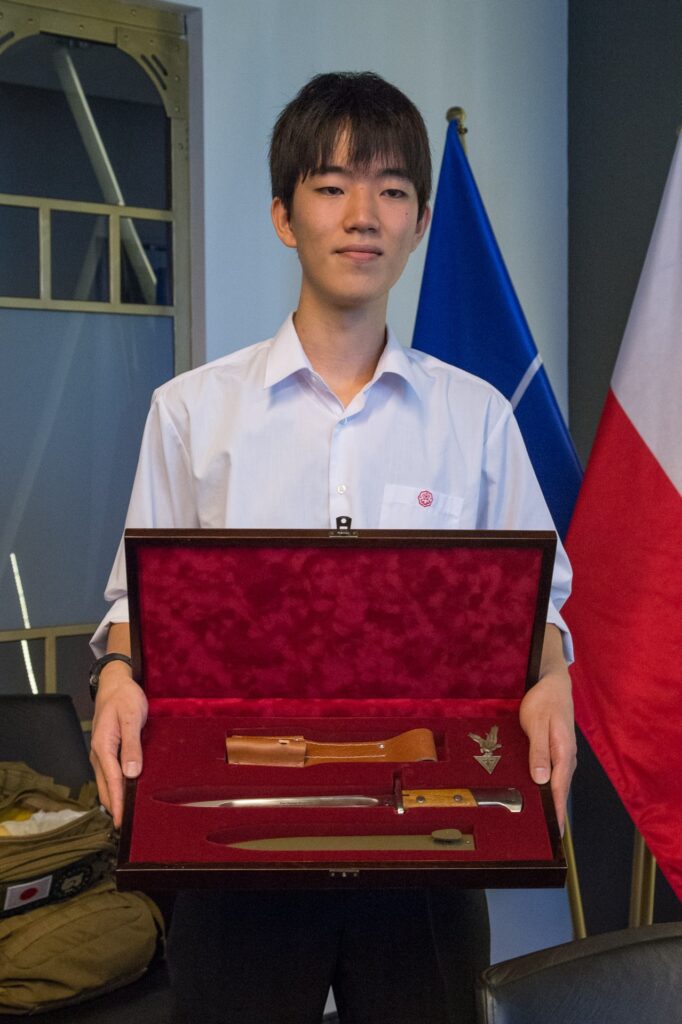
Sculptor gave to of his replicas to Fabryka Broni. The company reciprocated with a commemorative wz. 29 bayonet
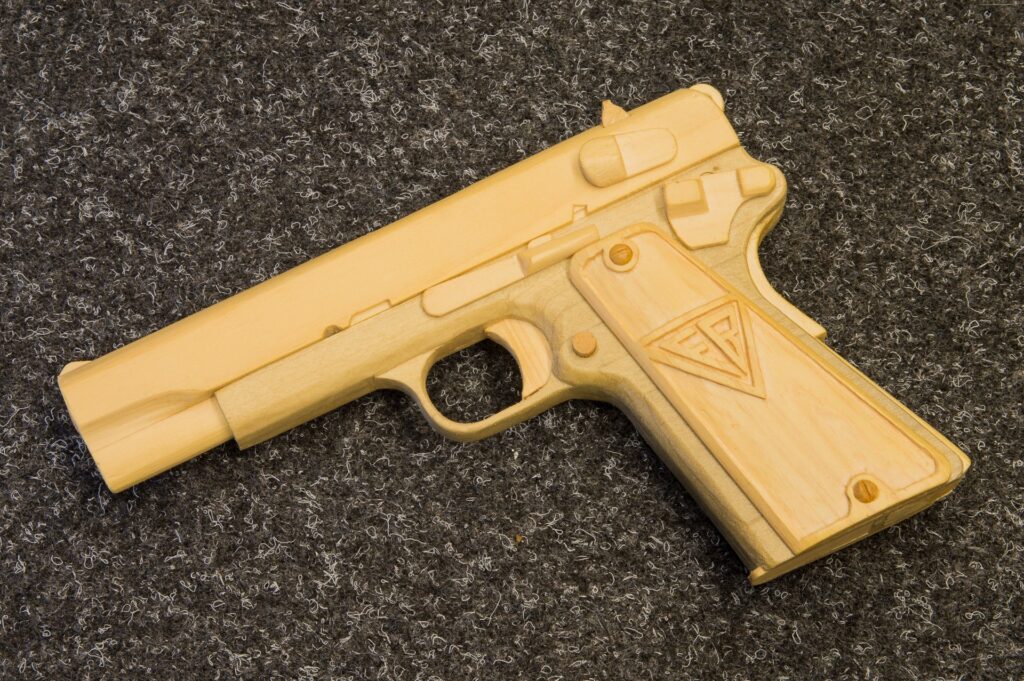
Besides Grot, Taisei gave a wz. 35 Vis pistol replica to the Fabryka Broni
Guests were shown the manufacturing process. Special emphasis was put on the ongoing modernization of Radom`s factory. All production and quality control stages were shown to Taisei. Japanese-made CNC machines were proudly presented to the foreign guests. Procurement of this equipment was one of the important stages of the modernization process.
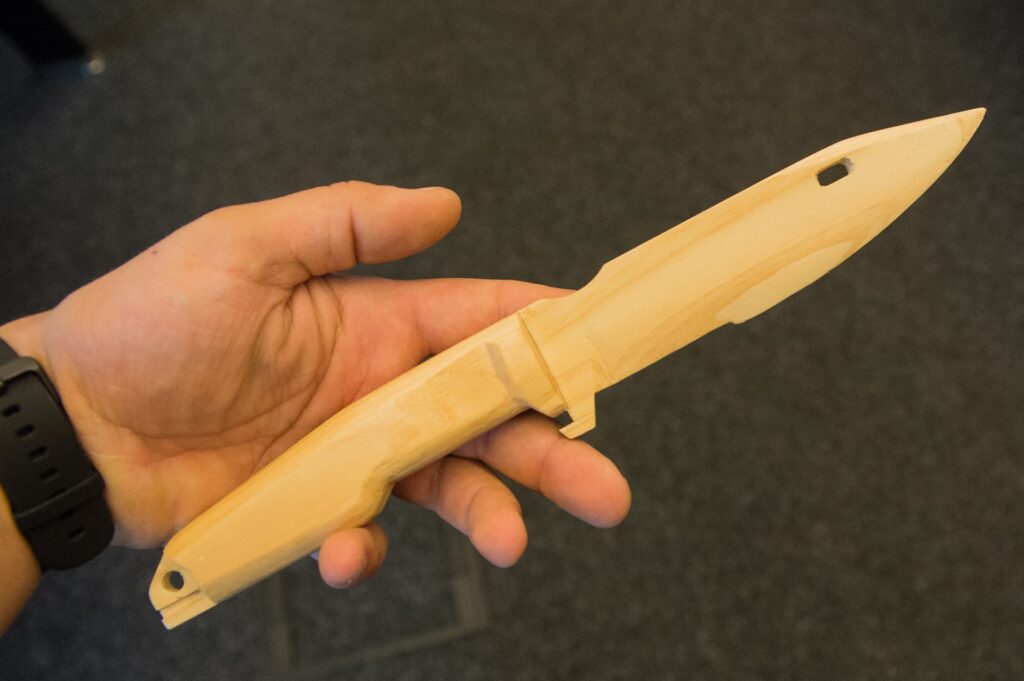
Bayonet replica was included with the rifle presented to the Radom`s factory
Wz. 17 rifle was the most time consuming and detailed project for the artist
Taisei at the range
Shooting range visit was the most anticipated by the Japanese craftsman. Taisei was able to study and try-out the original firearms he replicated from pictures. At the factory shooting range, artist was able to fire weapons such as MSBS-5,56K, wz. 96C Beryl, wz. 96C Mini-Beryl, MSBS-7,62N/SKBW rifles, supressed PM-06 Glauberyt submachinegun and wz. 35 Vis semi automatic pistol.
During the conversations, sculptor said that Grot was his most advanced and time-consuming project and the possibility to study the original made him very happy. He also emphasized that MSBS-5,56 was the most satisfying weapon to fire, from the ones he was able to try out.
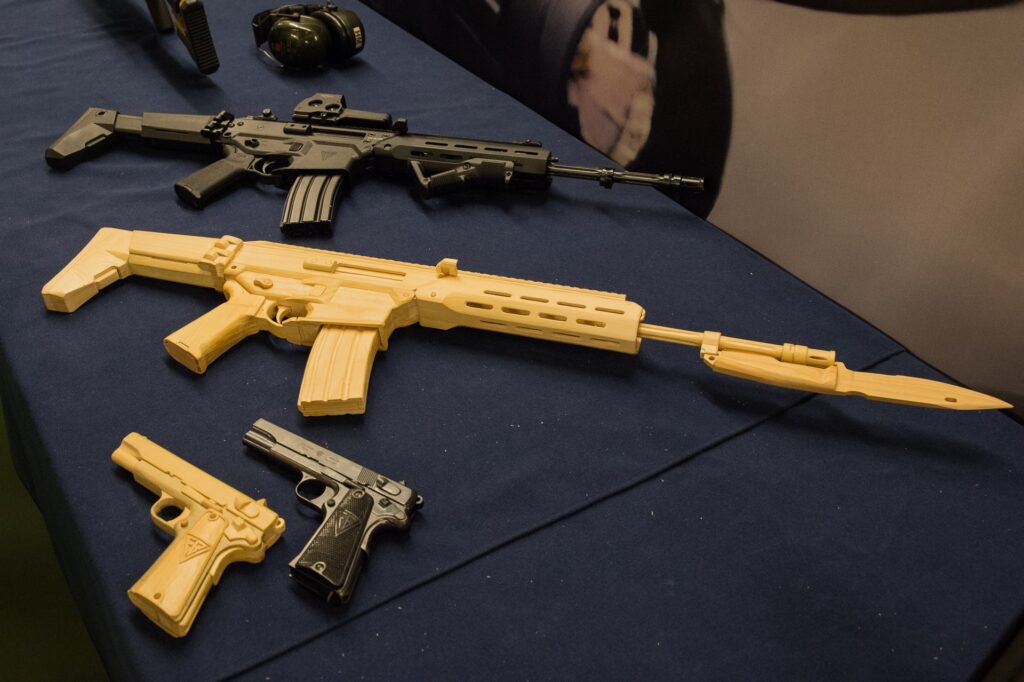
Wooden replicas when compared to the real weapons at the Fabryka Broni shooting range
During the 6-day visit, Taisei and his family also managed to see Krakow and Warsaw. Thanks to Works 11 and SWAT Range, Taisei was able to experience firearms produced outside of Radom. He shot 5,56-mm H&K HK416 rifle, Ruger Mk 1 pistol, H&K MP5 submachinegun, Remington 870 shotgun and a Smith & Wesson M&P9 pistol. Some of these weapons were already recreated by the Japanese artist.
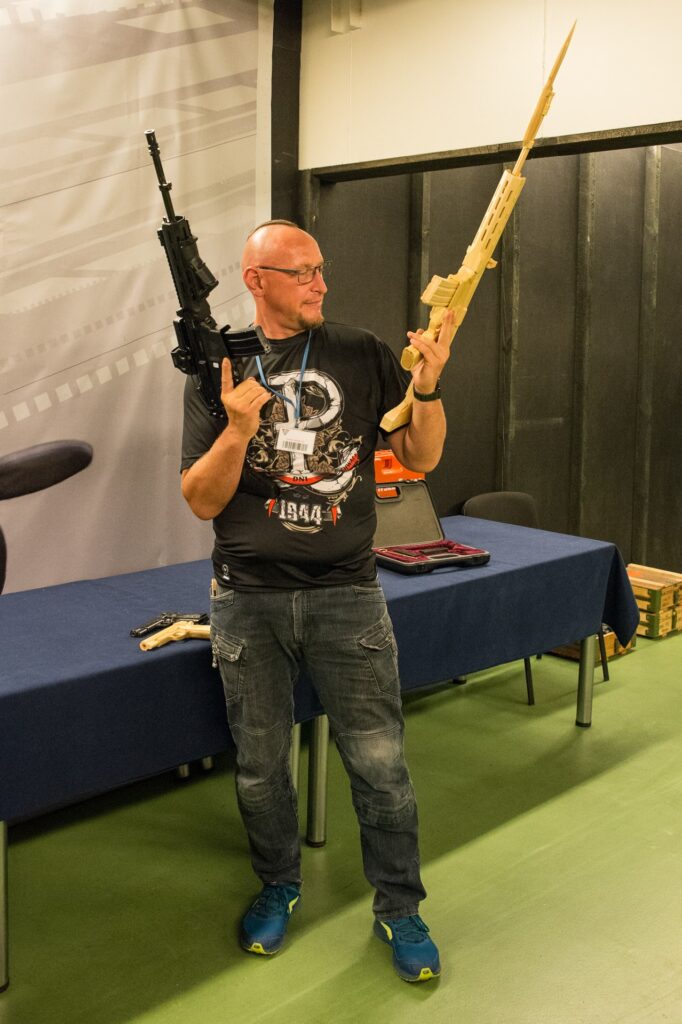
Fabryka Broni representatives were very impressed with the artist`s work and commented the amazing detailing of the replicas
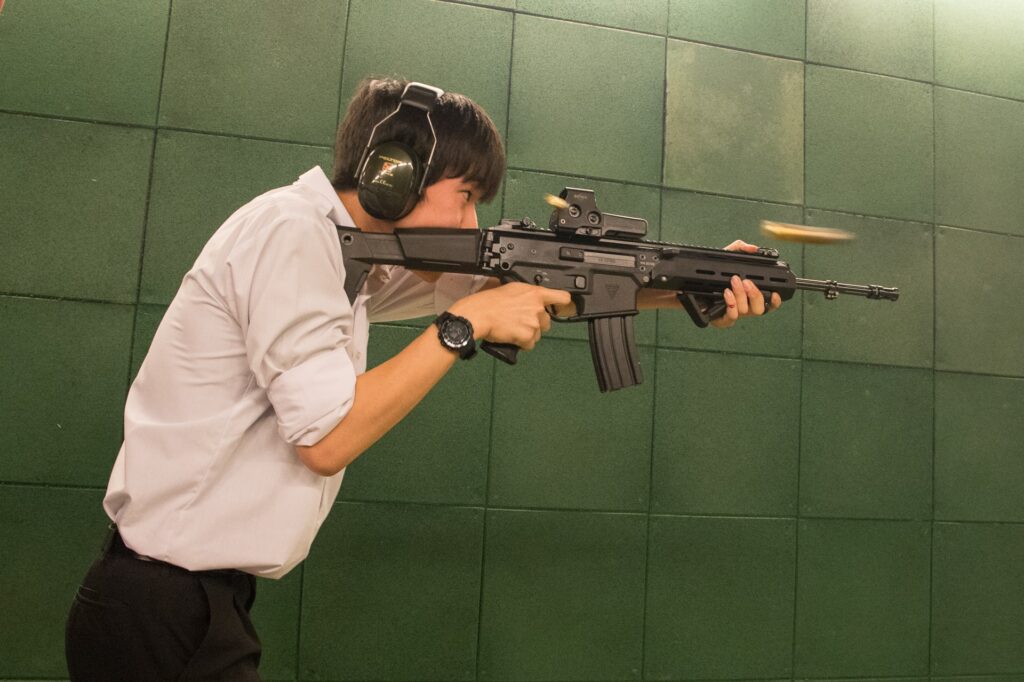
Komatsu family had a chance to familiarize with a range of products from Łucznik
Future plans
Even before heading back, Taisei Komatsu informed that the bayonet he received from Adam Suliga must be brought back to Radom due to Japanese laws concerning bladed weapons. Sculptor will be able to retrieve the gift after some modifications are made by Fabryka Broni.
During the August talks, artist said that he intends to continue his work. Replicas of H&K M110A1 CSASS and MSBS-7,62N marksman rifles, APS pistol, PM-06 Glauberyt and CZ Scorpion EVO 3 submachineguns are already planned. We at MILMAG wish success to the artist. His branch of art is very close to our hearts.
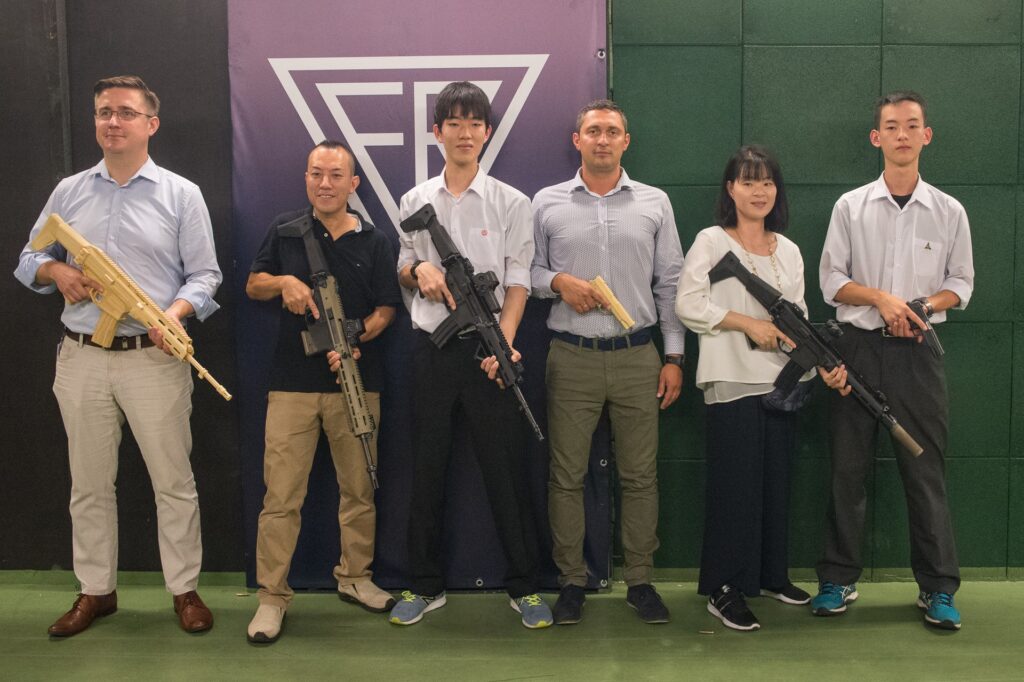
Taisei was very happy with his visit to Poland. He especially liked the visits to FB Radom and Works11 shooting ranges
This article was originally published on MILMAG 05-06/2018


